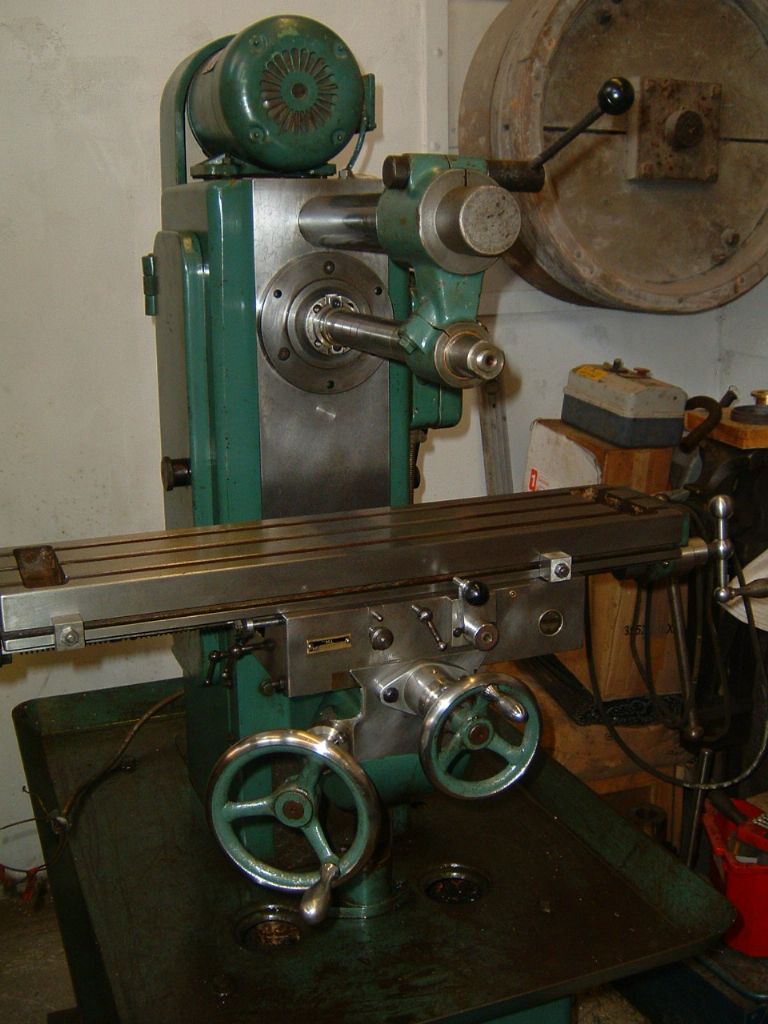You stated that you need info to get started with this mill,I doubt if a machine manual will give the infomation that you require,what you require would be a book on milling of the type that used in the basic technical college courses,the book Workshop Technology Part two by WAJ Chapman would be a start,usually available on web bookshops.Now for basics, Make sure the spindle taper and the arbour taper are clean. The arbour (cutter spindle) MUSTbe secured in the machine spindle with a threaded drawbolt.The arbour should have a keyway and key to drive the cutter and spacers, the cutter spacers must be clean and free from rust, when assembling them on the arbour,the mating faces of the collars must be very clean ,any swarf on the mating faces will cause the arbour to bend when the nut is tightened, One collar is usually larger in diameter ,this is the bearing collar that runs in the bearing casting,which fits on the round over arm,squirt some oil on this collar,so there is some lube available on first start up.set the bearing casting at the end of the overarm and tighten the nut too secure the casting,set the bearing collar as the close to the cutter as possible to get the best support for the cutter, it does not matter if the arbor protrudes beyond the bearing casting .with drive pulley belt slack check spindle rotation is not tight, then tighten the round overarm by the bolt/clamps in the mill body check again for rotation then if ok tighten the arbour nut, no need for overtightening, on a lot of mills the arbour bearing (usually bronze) can be adjusted and has an oiler for lubrication,do not grease. A word of warning,the horizontal milling machine was always regarded along with the power press as the most dangerous machines in the average machine shop (plus grinders) and the cutters had to be guarded with substantial guards,the exception was that a toolsetter could work without the guards. A horizontal cutter and spindle with lots of torque at slow speeds will drag overalls,and hands and arm into the the machine. When I was apprenticed I spent 9 months milling and in those days, drilling machine guards were a nuisance and left on the shelf,goggles not used despite notices and safety glasses unheard of,no lathes had chuck guards but leave the guards off a horizontal mill and the foreman would be after you. If the vertical head was in use with an end mill or shell mill,guards were not required. nor were guards required on vertical mills. Our bosses comment on horizontal mills was they are dangerous,they will drag you in and not stop. Hope this helps
 Michael Gilligan.
Michael Gilligan.





